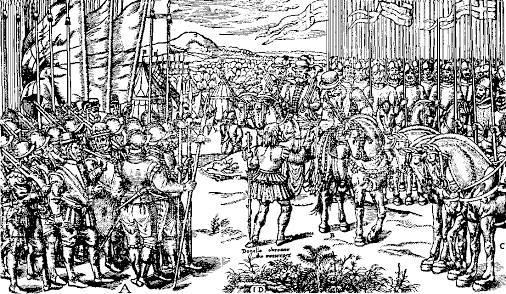Robert Parsons’ Magnificat from the First Great Service
Throughout September, the Daily Classical Music Post celebrates the music of 15th-, 16th-, and 17th-century England.
It was a time of great religious upheaval in England in the 16th and 17th centuries. After the death of Henry VIII, the Latin liturgy was replaced with Thomas Cranmer’s Book of Common Prayer, in English. English composers had to supply new music immediately. One of those called upon to do this was Robert Parsons, a member of the Chapel Royal.
Mark Sealey wrote, “Next to nothing is known about Robert Parsons. He was born around 1530. . . .He died by drowning in the River Trent in 1572. It has been suggested that Parsons’ unusual death may have been responsible for fellow musicians and associates turning their backs on his music immediately after the traumatic event; and that this neglect somehow snowballed. . . . [H]is music has real beauty and is pleasantly compelling. His lines are clear, clean and inspiring; his textures never dense or obscure. This reflects the new emphasis on plainness and purely English liturgical writing as required by the publication in 1549 of Cranmer’s ‘Book of Common Prayer’. . . . It contains some almost experimental harmonies, which will delight as one comes to know the other aspects of his choral writing.”
Parsons’ First Great Service, for two five- to eight-part choirs, was one of the first works to be composed under the new rules set by the publication of the Book of Common Prayer. Even with the sometimes quite intricate polyphony, the words are clear and would have been accessible to the congregation.
My classical music post for today is Robert Parsons’ Magnificat from the First Great Service.





Comments
Post a Comment